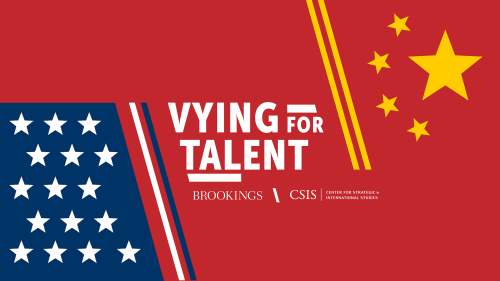Over the past several months, much has been written about the America
Invents Act, the sweeping patent-reform legislation signed into law by
President Obama in September. It has been dissected, analyzed, praised,
and criticized. But one aspect that has received little attention is its
impact on universities.
Universities are unusual among entities that file for patents in that they have a core mission that includes the dissemination of research through publication and participation in academic conferences and seminars. These “disclosures,” to use the language of the patent world, have implications with respect to patentability. And the implications are significantly altered by the most notable provision of the AIA, which replaces the longstanding first-to-invent system with what is often described as a first-to-file approach.
The term “first to file” can conjure up images of a race to the patent office, and there are scenarios under the AIA in which the patent would go to the winner of just such a race. However, that is not the whole story. The law provides an important exception, in the form of a one-year grace period allowing an inventor or others who obtained information from the inventor to make disclosures regarding the invention in advance of filing a patent application.
While the provision of a grace period in U.S. patent law is not new, its inclusion within the new first-to-file system creates a complex set of incentives with respect to disclosures. Consider, for example, the case of a university researcher who conceives an invention in May, works diligently to reduce it to practice, and files the corresponding patent application in August. Suppose, further, that a second researcher, at a different university, independently conceives the same invention in June and files for a patent in July.
Who gets the patent? Under the pre-AIA first-to-invent law, the first researcher can get the patent. However, under the first-to-file provision of the AIA, things are more complicated. If the first researcher does not make any public disclosures regarding the invention before the August filing, the second researcher can get the patent by virtue of the earlier filing date. On the other hand, if the first researcher provides a sufficiently enabling disclosure at an academic conference before a disclosure or a filing by the second researcher, the first researcher can get the patent.
In short, the early disclosure by the first researcher not only is protective with respect to his or her university’s U.S. rights to the invention, but also forecloses the ability of anyone else, including the second researcher’s university, to obtain such rights. In that respect, early disclosure can be beneficial.
However, there is a hitch. The same disclosure that can help capture U.S. rights to an invention under the AIA can eliminate those rights in the many international jurisdictions that do not recognize a grace period. In other words, the law creates what amounts to a newly incentivized option to buy some measure of protection in the United States by disclosing in advance of a filing, but at the cost of losing international patent rights.
The only simple way out of this quandary is to ensure that every public disclosure of a potentially patentable innovation is preceded by an application filed with the U.S. Patent and Trademark Office. Companies, which can impose strict control over the release of information by employees, can do this. But universities, for financial and many other reasons, cannot.
So what should universities do? First, they should start now to design and put into effect programs to educate their researchers, including student researchers, about the rules in the new law regarding disclosure and patentability. Publications and presentations in such venues as seminars, conferences, and academic journals should be made with a solid understanding of their intellectual-property consequences.
That does not mean impeding normal academic discourse and publication, but it does mean ensuring that researchers are fully aware of the new role that will be played by disclosures and, just as important, by silence. To the extent that a university remains quiet about an invention while contemplating whether or not to obtain patent protection, under the American Invents Act it stands exposed to the possibility of losing the right to do so as a result of third-party disclosures or patent filings.
And if a researcher intends to use a disclosure at an event, such as an academic conference, to establish U.S. patent rights under the grace period in the AIA, the information presented should be sufficiently complete and detailed.
Second, universities should increase their use of provisional patent applications, which offer advantages including preservation of foreign patent rights and a more formalized way to document the dates and contents of disclosures than do presentations at academic conferences or university seminars. Provisional applications not only should be filed in a timely manner but should be sufficiently descriptive to reduce the chances that they will be successfully challenged.
Finally, universities should consider the impact of the AIA on their intellectual-property procedures and budgets, in terms of both the amount and the timing of expenditures associated with patent filings. The AIA provides a strong incentive to perform an early analysis regarding patentability; as a result, the costs of developing an intellectual-property portfolio will generally be incurred earlier in the patenting process than under pre-AIA law.
More broadly, the AIA, including its first-to-file provision, also has implications for licensing, intellectual-property security, and the structure of sponsored-research agreements. While the first-to-file provision applies to patent applications with an effective filing date of March 16, 2013, or later, it is only one of multiple provisions in the law that are relevant to universities, some of which become effective in 2012 and some as early as this year.
Universities that engage in a timely and comprehensive overhaul of their patent strategies will be in a much stronger position to maximize the future value of their intellectual-property portfolios.


Commentary
Op-edHow Universities Can Protect Their Next Bright Idea Under the America Invents Act
November 6, 2011